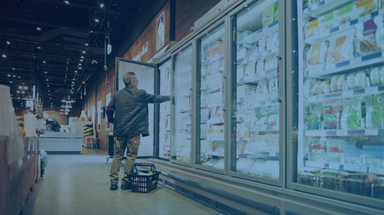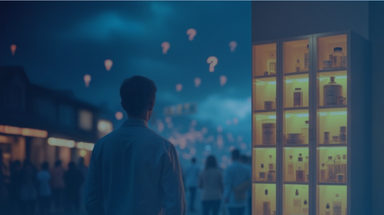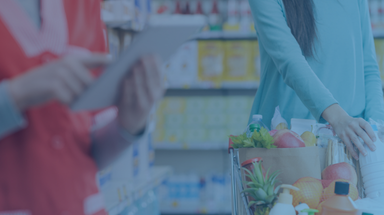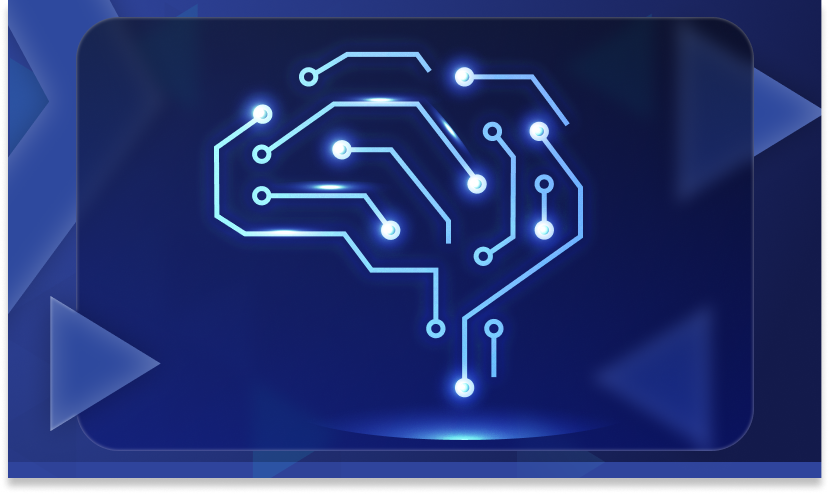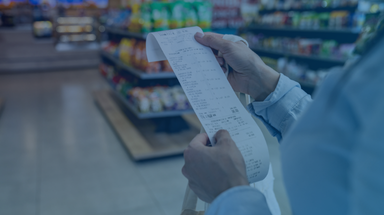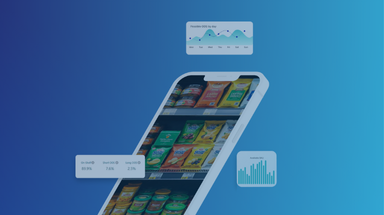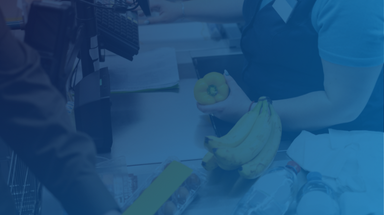Retail Management Blog
Explore Trax’s latest resources, blog posts, client success stories and webinars that will help make an impactful difference to the retain management strategy of your organization. From how to guides and solutions relating to the retail and CPG industry, to all the latest retail news and sector developments, Trax’s retail management blog covers all the areas that you will need to improve the bottom line of an organization and help optimize its retail management implementation.
Blog
Case Study
Marketing Resilience in a Shifting Economy: Data-Backed Tactics for Retailers and CPG Brands
How to strengthen customer engagement and drive sales when consumer behavior is in flux...
Find out how brands can strengthen customer engagement and drive sales in the current market with various data-based tactics from Trax
Blog
Case Study
Image Recognition (IR) has rapidly become one of the most transformative technologies for Consumer-Packaged Goods (CPG) companies, retailers and the teams executing the plans live ...
Think image recognition is just about snapping shelf photos? Think again. From real-time KPIs to executional excellence in the most fragmented retail environments, IR is transforming how CPGs win at the shelf. We’re busting the 7 biggest myths holding brands back—and showing why IR is no longer a nice-to-have, but a must-have.
Blog
Case Study
As we are hot (literally) in the summer months, inflation and tariffs are reshaping consumer spending in visible ways. At a recent poll, we gathered responses from over 7,000 US co...
As temperatures rise, so do economic pressures—and American consumers are feeling the heat. In our latest survey of over 7,000 U.S. shoppers, 58% report being impacted by inflation, with nearly half adjusting their spending habits. From trading down to store brands to scaling back summer travel and entertainment, the 2025 season is defined by value-driven decisions. This article explores how inflation and tariffs are reshaping essential spending, summer activities, and travel behavior—and what brands and retailers must do to stay relevant in a price-sensitive market.
Blog
Case Study
Smarter retail starts here
Your quarterly roundup of new Trax product features is here! From real-time shelf visibility to seamless consumer engagement, we’re making it easier to...
Discover what’s new at Trax this quarter—from real-time shelf insights and AI-powered store actions to seamless consumer rewards. Explore the latest tools designed to help CPG brands boost on-shelf availability, improve retail execution, and deepen shopper engagement.
Blog
Case Study
Summer’s here! The sun is shining, and everyone’s ready for vacation. Though many are ready to hit the beach and explore the world, there’s one hurdle to jump: tariffs.
Accor...
Summer is here, but rising tariffs are reshaping how Americans travel, shop, and celebrate. From scaled-back vacations to budget-friendly BBQs, discover how consumers are adapting their summer plans—and how brands can stay ahead with smart insights and solutions.
Blog
Case Study
Retail Data, Recalibrated: Getting Closer to the Truth on Shelf
CGT, Analytics Unite
Data is becoming a sense of a buzzword today, and it’s not a lack of data that is the issue...
Blog
Case Study
In today’s fast-moving retail world, real-time shelf visibility isn’t a luxury—it’s a necessity. Out-of-stocks, phantom inventory, and poor execution are daily threats to b...
In today's competitive landscape, retail excellence is not just a goal—it's a necessity. Discover the shared truths that drive successful retail strategies and elevate customer experiences. From understanding consumer behavior to leveraging technology, the secrets to thriving in the retail world are more accessible than ever. Join us as we explore the key principles that can transform your business, enhance brand loyalty, and boost sales. Whether you're a seasoned retailer or just starting out, these insights will empower you to navigate the complexities of the market and achieve lasting success. Dive in and unlock the potential of your retail journey!
Blog
Case Study
It’s National Pet Day! Whether they’re winged, whiskered, scaly or tailed, our pets are more than just animals – they’re family. And it turns out that Americans show their ...
Blog
Case Study
Today is National Snack Day, and Americans’ love affair with our sweet and salty treats is known worldwide. We have a staggering variety of choices at our fingertips–but which ...
Blog
Case Study
In today’s crowded retail aisles, its not only about customer experience, but customer engagement is crucial, as capturing a consumer’s attention requires more than just eye-ca...
Discover how Nestlé Health Science transformed their marketing approach by leveraging Shopkick's innovative platform. In a competitive landscape, they harnessed the power of mobile engagement to drive conversions and connect with consumers in meaningful ways. This winning strategy not only boosted brand visibility but also enhanced customer loyalty, leading to impressive sales growth. Join us as we delve into the key tactics and insights that made this collaboration a success. Learn how you can apply these lessons to elevate your own marketing efforts and achieve remarkable results in today’s dynamic retail environment. Don’t miss out on this inspiring case study!
Blog
Case Study
As grocery prices persist at elevated levels, consumers are stepping into 2025 with a blend of cautious optimism and economic apprehension. Despite nearly half of Americans predict...
In today's rapidly changing economic landscape, understanding consumer behavior is more crucial than ever. As retailers navigate the complexities of an unpredictable market, insights into shopping trends and preferences can drive innovation and success. This exploration delves into the key factors shaping retail strategies, revealing how businesses can adapt to meet evolving consumer demands. From the rise of digital shopping to the importance of sustainability, discover how these insights are not just trends but essential tools for thriving in the future of retail. Join us as we uncover the strategies that will redefine the shopping experience and foster lasting customer loyalty.
Blog
Case Study
Discover how the retail landscape is evolving with Trax at the forefront of innovation and collaboration.
Discover how the retail landscape is evolving with Trax at the forefront of innovation and collaboration. This year has been marked by groundbreaking industry events that showcase transformative technologies and strategies reshaping the way we shop and engage with brands. From cutting-edge solutions to inspiring partnerships, join us as we explore the pivotal moments that are driving retail transformation. Don’t miss out on the insights and trends that are setting the stage for the future of retail. Dive into our comprehensive coverage and be part of the conversation that’s redefining the industry!

